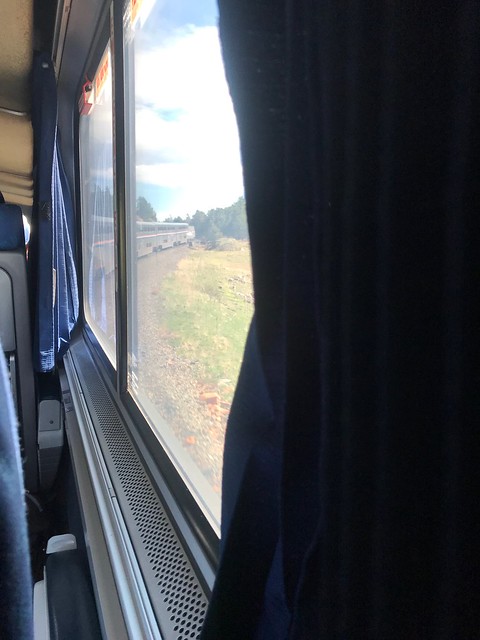
I assume most people have never ridden the California Zephyr route — if they’ve ever been on Amtrak at all. This post is for those curious about what life is like aboard the train. It’s an important consideration since the entire route is a serious time commitment at around 52 hours.
From Chicago heading west the trains quickly became less crowded. The train was full in Chicago but had plenty of empty seats by the time we reached Omaha. Aside from April not being peak travel season, I suspect Amtrak is a more typical form of travel for those east of the Mississippi.
As for what to do on the train, I’d recommend downloading some TV shows or movies onto a laptop or tablet. Over the course of the trip I had enough time to read two books and start a third, but a few sections of the train track are too bumpy to make reading a pleasant experience.
Another thing to do is plan adventures your for your next destination — particularly when there’s wifi or at least cell service. I figured out details like how I was going to get around, booked tickets for tours and events, found unusual sights to see, etc. I wouldn’t recommend booking accommodations at the last minute though, nor anything that could sell out months in advance.
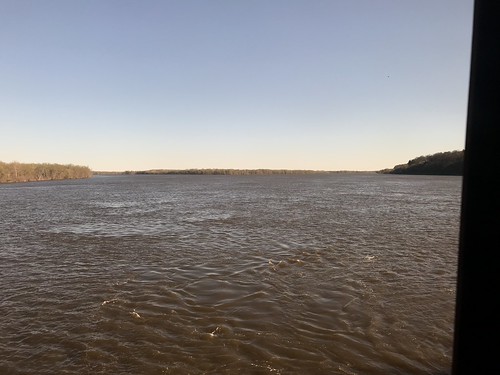
The most obvious thing to do is look out the window. The lounge car is built specifically for this since the windows are very large and you can go downstairs to the cafe for drinks and snacks. But really there’s a good view from any upstairs window seat.
Occasionally we got an announcement about what we were seeing, such as when we went over the Mississippi River. For the most part when I was curious about what I was seeing I relied on Google Maps.
At least one group of people on each train I was on took a booth on the lounge car and passed the time with card games. A deck of playing cards can be purchased from the cafe.
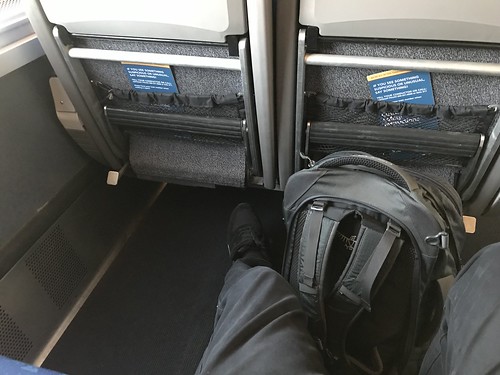
Even at its most packed the coach section is roomy, with big aisles and plenty of legroom. When the seat next to me was empty I’d often stretch out and use all the space, which felt surprisingly luxurious. In coach from what I understand you can switch seats whenever you like as long as you stay in the same car and move the destination card above the seat with you. Be warned that if you switch cars you could miss your stop — passengers are assigned cars by destination, and not all doors open at every stop!
I have less to say about my two nights on the sleeper cars because, well, I was asleep. Yes they’re a little cramped, though comfortable enough. In general I had no problems sleeping in a roomette aside from getting jolted awake a couple times. To reduce noise I brought along “Leight Sleeper” brand foam earplugs. The train announcements stop during the night so people can sleep without interruption, though the train whistle still goes off throughout the night for safety reasons.
While in the sleeper cars I always set an alarm on my phone to wake up in time. Conductors go around knock on doors to wake people up before their stop, though I wanted to wake up a little early for a shower and breakfast.
There was only one part of the trip where we were told not to move between cars; inside the Moffat Tunnel between Denver and Salt Lake City. It’s a long tunnel and the ventilation is bad, so if anyone opened the doors between cars it might fill up with diesel smoke.
Every few hours at a stop we’d be invited to exit the train for a “fresh air break,” which in practice was mostly a chance for smokers to take a quick cigarette break on the station platform. That said it’s a good chance to go stretch your legs and take photos.
In the cafe, nearly everything is prepackaged and the food is often microwavable (they work the microwave for you.) It’s somewhat overpriced and disappointingly is not open 24/7. You can allegedly order “meals” here but they’re ghastly smelling TV dinners. The worst thing I personally ate from the cafe was a bagel, a chewy mess.
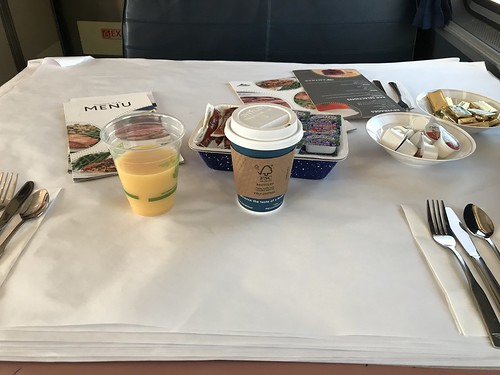
The dining car is a step up from the cafe. It’s included if you’re in a sleeper (but bring cash for a tip) or as a paid option in coach. Not the most exciting menu, but it meets most diets. Unlike on an airline it’s served on plates with metal knives and forks. There’s even a tablecloth! Don’t get me wrong though, the food’s more like Applebee’s than a gourmet restaurant.
The worst item I tried on the menu were the salads, all of which came with wilted lettuce; they should have taken them off the menu. The best item was the baked potato side dish. The after dinner deserts were all fine, but I only ordered them so I’d have an excuse to stick around and chat.
All tables on the dining car are communal, which is perhaps the most interesting aspect of the ride. If you’re traveling as a couple or group you’ll get seated together, but those of us traveling alone could get seated anywhere. This is an underrated aspect of dining on Amtrak — meeting random people on the train. The conversation starters are obvious:
“So where are you going?”
“..and why Amtrak?”
A surprising number of my fellow passengers were just like me: those who’d never been on Amtrak before, but were curious to try it. It doesn’t bode well for Amtrak’s California Zephyr if most of the passengers are new rather than loyal riders. I’d expected the typical rider would be older men afraid of flying; yet I only met one passenger who fit that profile during the entire trip.
Another surprise was how many passengers were heading to San Francisco. I didn’t want to play tour guide since I was on vacation myself, but I did answer some basic questions. This worked out fine as nearly everyone had a concrete plan already. Mostly the SF-bound crowd only wanted to chat about their plans or to ask simple advice like where to find good coffee near their hotel.
The entire time I was in the dining cars I couldn’t help but to worry about my backpack, especially if it was in coach. In practice Amtrak seems relatively secure, though if they had private lockers it would have given me more peace of mind.
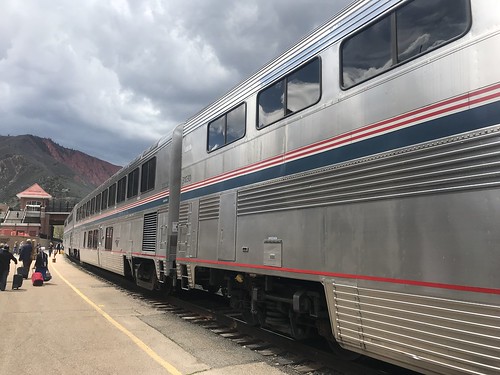
Tipping is an aspect of Amtrak I’m not sure I fully understand. It’s straightforward enough in the dining car if you treat it like any other restaurant. Still, what do you tip the conductors? They accept tips in cash when they greet you as you leave the train. It never felt mandatory to me in coach, but on the sleeper cars conductors do everything from making the beds to making coffee.
I’m not very good at remembering to carry cash so unfortunately I only tipped the second sleeper car conductor. I gave him $20. Was that the right amount? Hell if I know. Just because I’m American doesn’t mean I understand all of our tipping practices.
It’s worth pointing out that food on the dining cars — but not alcohol — is included in the price for sleeper passengers. You just write your car and room number down similar to how you’d bill something to your room at a hotel. However this doesn’t mean tips are included, and the only option is to tip in cash. This is a little confusing since you won’t see a bill, you’ll just have to remember the menu price of what you order and tip accordingly.

Conclusion
The big question is, would I do it again? The answer is yes and no. Yes, I’d consider riding Amtrak again, but not this route. Why? Three reasons. First, I’ve already done it, so if I took another Amtrak trip like this I’d go on a different route and visit new places. Second, my favorite stops by far on the trip were Chicago and Denver, and both of those are far away enough it’s faster and cheaper to fly.
The third reason I wouldn’t repeat this route is a personal one: of all the major stops for travelers on this Amtrak route, the last destination is where many are headed for their trip: San Francisco. As I went across the Bay Bridge on an Amtrak shuttle bus from Emeryville to San Francisco I couldn’t help to watch other passengers marvel at the city skyline and try to spot Alcatraz, the Golden Gate Bridge, etc.
Yet all I could think about was going back to work on Monday. I was the only passenger who left the bus at the first stop, the Temporary Transbay Terminal. Everyone else was headed to a hotel — where my vacation ended, theirs was just beginning. I couldn’t help but to feel jealous.
